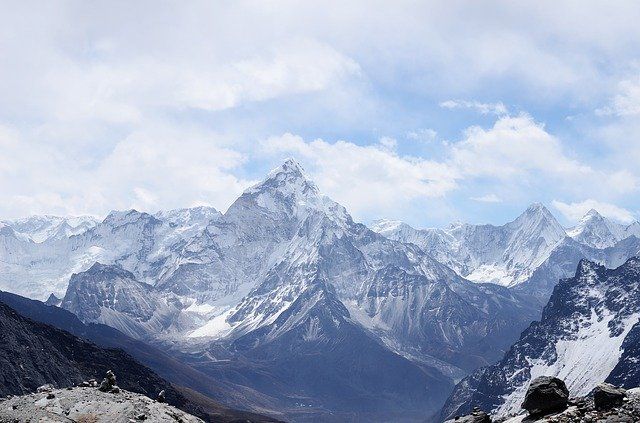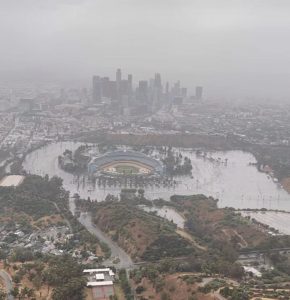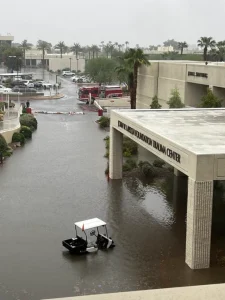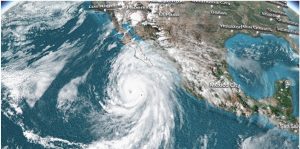The massive flood triggered by a glacier burst at Rishiganga in Chamoli district on February 7, which took over 30 lives, with 204 people still missing, left unanswered questions regarding its cause. An Indian Institute of Science (IISc) study has discovered the key role of massive ice avalanches and subglacial lakes in the Uttarakhand havoc, according to reports.
Dr Anil Kulkarni, Eminent scientist, Divecha Centre for Climate Change (DCCC), Indian Institute of Science (IISc), Bengaluru, said that the reason could be the snow avalanche/landslide downstream as seen from satellite images, and a release of 1.6 million cubic metre of water stored in subglacial lakes in the Raunthi glacier.
Also Read: Grateful for nature’: How a tree saved a man during Uttarakhand glacier breach
The region also has numerous glaciers with subglacial lakes. These lakes commonly grow and create channels below glaciers. Water can flow through these channels in enough quantities as to deluge a valley – even if the glacier doesn’t shatter.
Glacial lakes take place when glacial ice melts to form lakes, which are held together by loose debris. A glacial lake outburst flood happens when the dam for these glacial lakes fails.
Also Read: Rescue team races against time to save trapped men in Uttarakhand’s Tapovan tunnel
Further probe is necessary to evaluate risk from a flash flood, Kulkarni added.
The study discovered a depression upstream of the glacier’s end and assessed the bedrock below the northern Nanda Devi glacier.
DP Dobhal, Veteran geologist and glaciologist at the Wadia Institute of Himalayan Geology, Dehradun, who is studying Himalayan glaciers for many decades, said the flash floods could have been caused by subglacial lake burst. Specifying the unavailability of data on the subglacial lakes in the Himalayan region, he said that it is possible the water was concealed under the glacier, and held by some loose rubble and ice at the edge of the glacier.
They also found that a lower zone of the glacier that had melted to form a lake could also have been getting a considerable amount of water from a tributary glacier.
Kulkarni and his team members also discovered that once the depression is pervaded with water, it could apply force on the lower zone and release water out of it. The underground lake could have held 4.5 million cubic metres of water, resulting into an inundation of the scale.
Glacial evaluation and supervising is compulsory prior to the planning of hydel power projects, Geologist Dobhal added.






